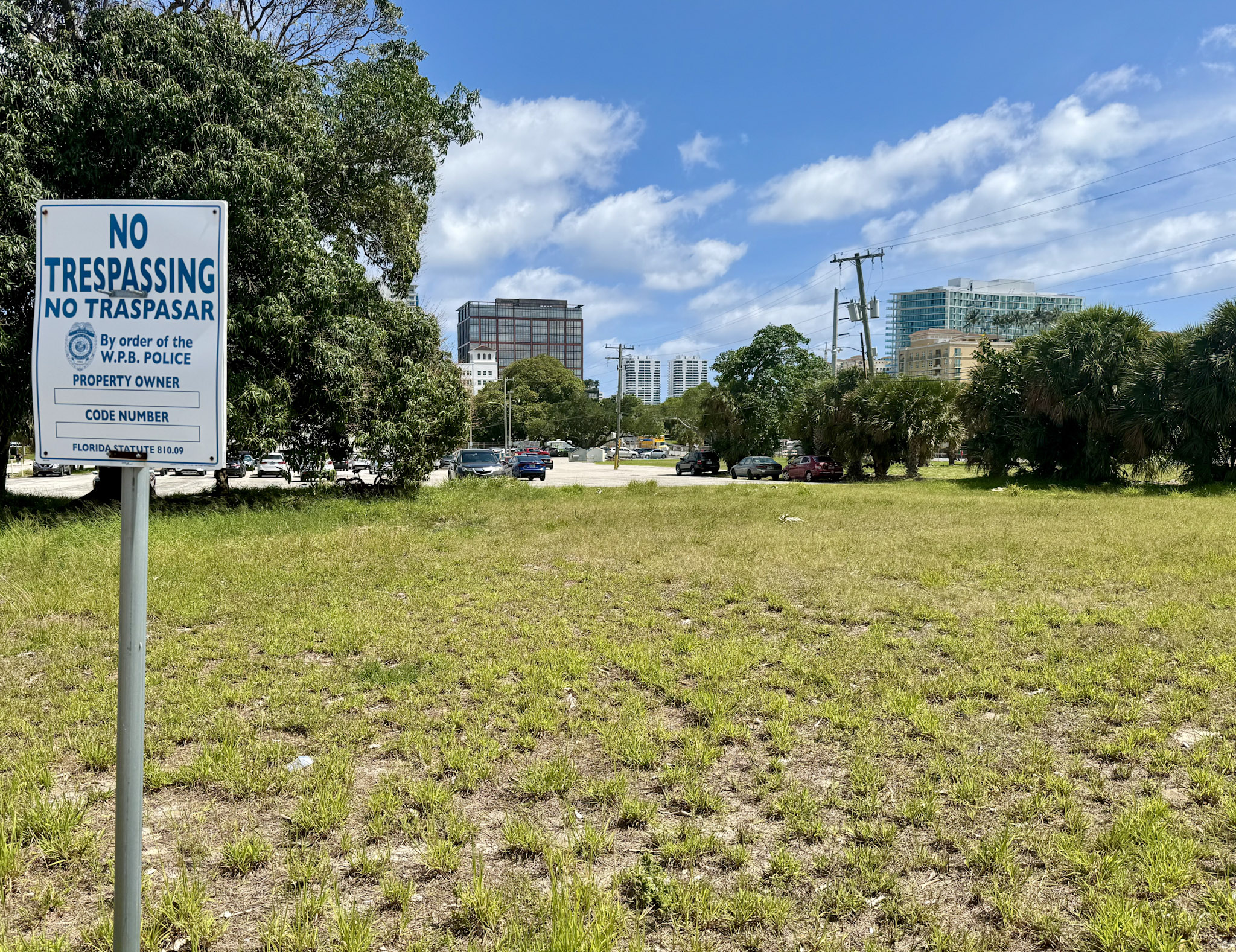Report on the Public Health Impacts of AI Data Centers and Sustainable Development Goals (SDGs)

Introduction
Artificial intelligence (AI) is a transformative force driving innovation and addressing global challenges. While AI offers significant potential to advance public health—supporting epidemiological research and optimizing healthcare resource allocation—it also contributes to air pollutant emissions through energy-intensive data centers. These emissions pose serious public health risks, particularly affecting vulnerable populations such as young children and the elderly. This report emphasizes the intersection of AI development with the United Nations Sustainable Development Goals (SDGs), focusing on SDG 3 (Good Health and Well-being), SDG 7 (Affordable and Clean Energy), and SDG 13 (Climate Action).
Challenges and Opportunities
Air Pollution and Public Health Burden
Approximately 46% of people in the United States are exposed to unhealthy air pollution levels. Fine particulate matter (PM2.5) is linked to around 200,000 deaths annually in the U.S., ranking as the fifth highest mortality risk factor nationally. Health issues related to poor air quality include respiratory diseases, cardiovascular conditions, and premature mortality, disproportionately impacting vulnerable groups.
Energy Consumption of AI Data Centers
Data centers powering AI consume vast amounts of electricity for operation and cooling. The Lawrence Berkeley National Laboratory projects that data centers’ share of U.S. electricity consumption may rise from 4.4% in 2023 to 12% by 2028. Without sufficient clean energy sources, this growth threatens to exacerbate air pollution and related health impacts, undermining SDG 7 and SDG 3.
Backup Generators and Emissions
- Data centers often rely on diesel backup generators during power outages, which emit significantly higher levels of nitrogen oxides (NOx) and other pollutants compared to natural gas plants.
- Diesel generators can emit 200–600 times more NOx per electricity unit than natural gas-fired power plants, causing short-term spikes in harmful pollutants.
- Examples include Virginia’s data centers, where backup generators contributed approximately 7% of permitted pollution levels in 2023, with an estimated public health cost of $200 million.
- In Memphis, Tennessee, temporary gas turbines powering an AI data center emit up to 2,000 tons of NOx annually, raising health concerns and potentially causing a $160 million annual public health burden.
Projected Health and Economic Costs
In 2023, air pollution from data centers caused an estimated $5 billion in health-related damages in the U.S., projected to increase to $20 billion annually by 2030. This corresponds to approximately 1,300 premature deaths per year by decade’s end. Communities near data centers face disproportionate impacts, with some households experiencing over 200 times greater burdens than others, highlighting environmental justice issues aligned with SDG 10 (Reduced Inequalities).
Barriers to Cleaner Energy Transition
- Transitioning to cleaner backup fuels and stable energy sources such as nuclear power faces challenges including lengthy permitting processes and limited availability of reliable clean backup generators.
- Research and development are needed to advance alternative low-emission backup technologies like hydrogen combustion and battery storage.
Need for Comprehensive Evaluation and Transparency
- Few states conduct comprehensive health risk assessments related to data center emissions; Washington State’s 2020 assessment is a notable exception.
- Transparency frameworks, emissions reporting standards, and compliance requirements are essential to evaluate pollutants such as PM2.5, NOx, and SO2 and their health impacts.
- Community engagement and education are critical to empower affected populations and ensure equitable decision-making.
Plan of Action Aligned with SDGs
Federal-Level Actions
Federal agencies must lead in setting standards and supporting sustainable AI infrastructure development to advance SDGs 3, 7, and 13.
- Accelerate Clean and Stable Energy Adoption
- Integrate public health benefits into permitting processes for sustainable energy sources such as nuclear power.
- Quantify health benefits using standardized methods and tools like EPA’s BenMAP and COBRA, accounting for vulnerable populations and spatial disparities.
- Prioritize permitting for clean energy projects demonstrating significant air pollution reduction.
- Expand R&D for cleaner backup generator technologies and provide incentives for adoption.
- Offer federal guidance and training to state and local agencies for implementation.
- Establish Standardized Emissions Reporting Framework
- Develop a federal reporting standard for AI data center emissions, including PM2.5, NOx, SO2, and other pollutants.
- Convene a multi-stakeholder working group to define metrics, methodologies, and transparency protocols.
- Ensure public access to emissions data to promote accountability and informed policymaking.
State-Level Actions
- Conduct Health Impact Assessments (HIAs)
- Perform HIAs before and after data center construction to evaluate health impacts and inform policy.
- Publish findings in accessible formats to foster community trust and engagement.
- Coordinate across states to address cross-boundary pollution risks.
- Establish Community Education Programs
- Fund forums for residents to express concerns and participate in decision-making.
- Use HIAs as a foundation for community outreach and qualitative analysis.
- Integrate Data Center Emissions into Air Quality Standards
- Incorporate emissions into National Ambient Air Quality Standards (NAAQS) and State Implementation Plans (SIPs).
- Assess and enhance monitoring infrastructure to capture data center-related emissions.
Local-Level Actions
- Revise Zoning Regulations
- Implement stricter health-based protections to prevent data center clustering in overburdened communities.
- Evaluate cumulative health impacts and colocation factors.
- Example: Fairfax County, Virginia’s updated zoning ordinance regulating data center proximity and noise pollution.
- Increase Public Health Expertise in Zoning Decisions
- Appoint public health experts to zoning boards to prioritize community health in data center siting.
Conclusion
AI’s potential to revolutionize industries and improve lives must be balanced with responsible environmental stewardship to protect public health. Addressing the air pollution and health risks posed by AI data centers through cleaner energy adoption, comprehensive health assessments, transparent reporting, and community engagement aligns with the Sustainable Development Goals, particularly SDG 3, SDG 7, and SDG 13. Coordinated action across federal, state, and local levels is essential to ensure AI innovation supports sustainable development and healthy communities.
This report is part of the AI & Energy Policy Sprint, a policy initiative focused on shaping U.S. policy at the intersection of AI and energy. Learn more about the Policy Sprint and access related resources here.
1. Sustainable Development Goals (SDGs) Addressed or Connected
- SDG 3: Good Health and Well-being
- The article highlights the public health burden caused by air pollutant emissions from AI data centers, linking air pollution to respiratory diseases, cardiovascular conditions, premature deaths, and health disparities.
- SDG 7: Affordable and Clean Energy
- Emphasizes the need for cleaner and more stable energy sources such as nuclear power and alternative low-emission fuels for backup generators to reduce air pollution from data centers.
- SDG 11: Sustainable Cities and Communities
- Discusses the impact of data centers on local communities, especially those near power plants, and the need for zoning regulations and community engagement to protect health.
- SDG 13: Climate Action
- Addresses the environmental impact of energy-intensive AI data centers and the importance of transitioning to cleaner energy to reduce pollution and support sustainability goals.
- SDG 16: Peace, Justice, and Strong Institutions
- Calls for transparency frameworks, standardized emissions reporting, and community engagement mechanisms to ensure accountability and informed decision-making.
2. Specific Targets Under Those SDGs Identified
- SDG 3: Good Health and Well-being
- Target 3.9: By 2030, substantially reduce the number of deaths and illnesses from hazardous chemicals and air, water, and soil pollution and contamination.
- SDG 7: Affordable and Clean Energy
- Target 7.2: By 2030, increase substantially the share of renewable energy in the global energy mix.
- Target 7.a: Enhance international cooperation to facilitate access to clean energy research and technology.
- SDG 11: Sustainable Cities and Communities
- Target 11.6: By 2030, reduce the adverse per capita environmental impact of cities, including air quality and waste management.
- SDG 13: Climate Action
- Target 13.2: Integrate climate change measures into national policies, strategies, and planning.
- SDG 16: Peace, Justice, and Strong Institutions
- Target 16.6: Develop effective, accountable, and transparent institutions at all levels.
3. Indicators Mentioned or Implied to Measure Progress
- Health Impact Indicators
- Number of premature deaths attributed to air pollution from data centers (e.g., estimated 1,300 premature deaths annually by 2030).
- Health-related economic damages caused by air pollution (e.g., $5 billion in 2023, projected $20 billion by 2030).
- Incidence rates of respiratory diseases, cardiovascular conditions, and hospitalizations linked to pollutant exposure.
- Air Pollution Emission Indicators
- Levels of PM2.5, NOx, SO2 emissions from data centers and backup generators.
- Frequency and magnitude of emission spikes from diesel backup generators.
- Proportion of energy consumption by data centers from clean and stable energy sources.
- Energy and Sustainability Indicators
- Percentage of electricity consumption by data centers relative to national total (e.g., projected 12% by 2028).
- Number and capacity of cleaner backup generator technologies deployed (e.g., hydrogen combustion systems, battery storage).
- Permitting timelines and number of cleaner energy projects approved.
- Transparency and Community Engagement Indicators
- Existence and implementation of standardized emissions reporting frameworks.
- Number of health impact assessments conducted before and after data center construction.
- Community participation rates in educational forums and decision-making processes.
4. Table of SDGs, Targets, and Indicators
| SDGs | Targets | Indicators |
|---|---|---|
| SDG 3: Good Health and Well-being | Target 3.9: Reduce deaths and illnesses from hazardous air pollution by 2030. |
|
| SDG 7: Affordable and Clean Energy |
|
|
| SDG 11: Sustainable Cities and Communities | Target 11.6: Reduce adverse environmental impacts of cities by 2030. |
|
| SDG 13: Climate Action | Target 13.2: Integrate climate change measures into policies and planning. |
|
| SDG 16: Peace, Justice, and Strong Institutions | Target 16.6: Develop accountable and transparent institutions. |
|
Source: fas.org







